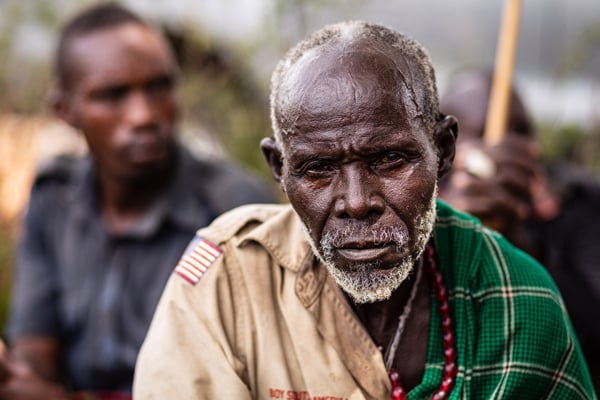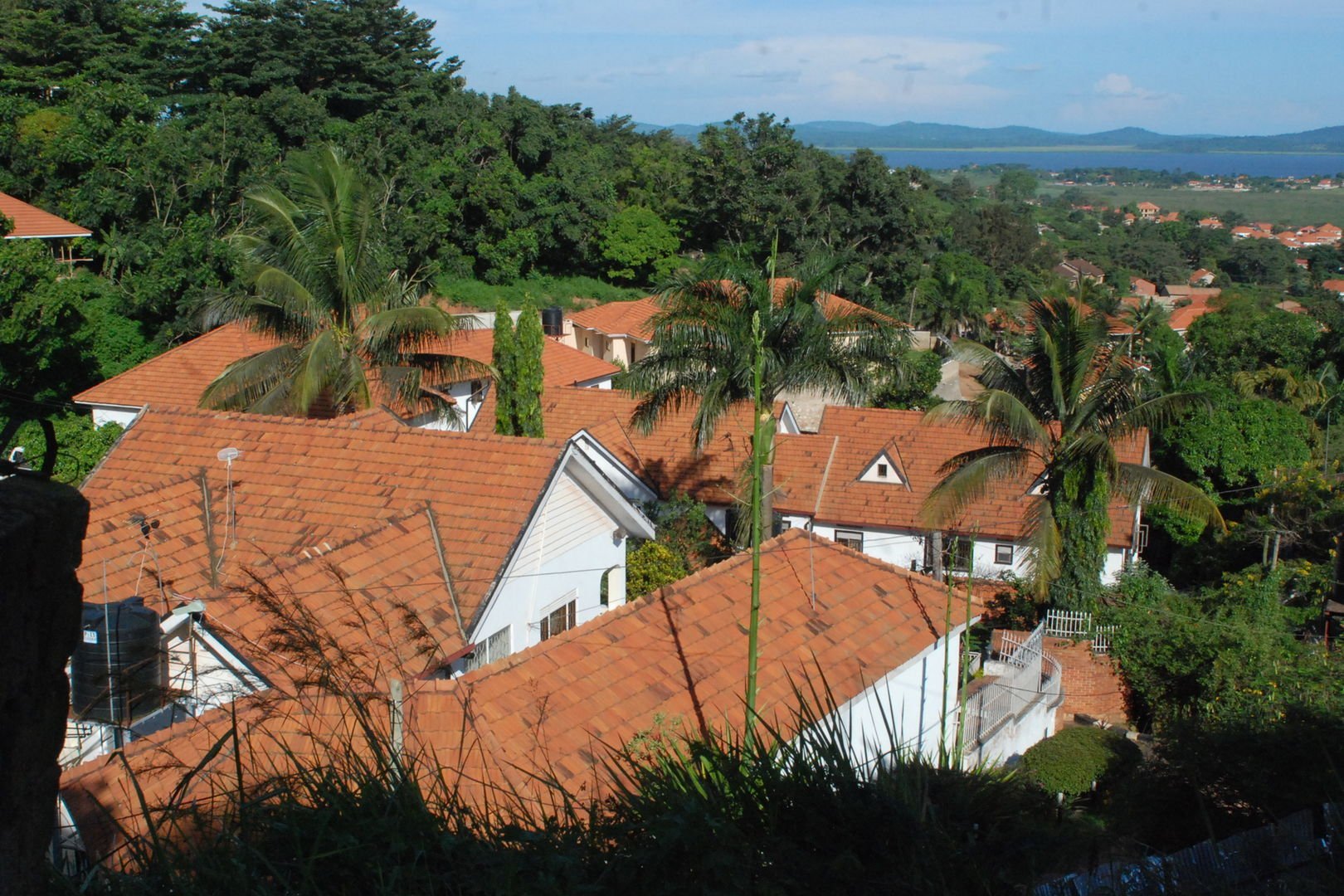Prime
How Karamoja is using broken past to build stronger future

Mr Mark Lokiru, a community member, teaches pupils at Rise and Shine Community Primary School in Nakapel Village, Nabitulak District on March 22, 2023. PHOTO/SIMON PETER EMWAMU
What you need to know:
- One key initiative, supported by both the Ministry of Karamoja Affairs and local leaders, is the construction of boarding schools to ensure children stay in school, thus reducing dropout rates
- Since the launch of Operation Salama Kwa Wote in August 2021, the Uganda People’s Defence Forces (UPDF) have made significant strides in restoring order.
Optimism is sweeping across the Karamoja Sub-region, with both locals and leaders hopeful that long-awaited change is finally on the horizon after decades of challenges. This positive outlook, however, may quickly fade if deliberate efforts are not made to empower local communities to take advantage of the emerging opportunities.
According to the Ministry of Education, literacy rates in Karamoja are among the lowest in Uganda.
To address this, the government is rolling out new initiatives aimed at increasing access to education and encouraging parents to send their children to school.
One key initiative, supported by both the Ministry of Karamoja Affairs and local leaders, is the construction of boarding schools to ensure children stay in school, thus reducing dropout rates. These schools are seen as a solution to prevent children from being forced into labour or early marriages, both of which contribute to high dropout rates.
For decades, Karamoja Sub-region has been plagued by insecurity, driven largely by cattle rustling and the influence of commercial cattle traders who use local rustlers to spread violence.
Since the launch of Operation Salama Kwa Wote in August 2021, the Uganda People’s Defence Forces (UPDF) have made significant strides in restoring order.
So far, 1,170 firearms and more than 9,000 rounds of ammunition have been recovered from Karamojong warriors, along with 53,200 cattle. This has brought relative peace to the region, although pockets of criminals remain, according to UPDF officials.
Maj Gen Don William Nabasa, the 4th Division Commander, noted that while the security situation has improved significantly, tensions remain high.
“The mission given to us by the president is to ensure Karamoja is peaceful. I’m not satisfied with just relative calm; we want total peace,” Maj Gen Nabasa emphasised. He highlighted that, while violence has decreased, theft continues to be an issue, though cattle rustling has largely ceased.
The numbers tell the story of the operation's impact. Since its launch in July 2021, more than 53,253 livestock have been recovered, 29,321 warriors arrested, and 2,091 prosecuted.
In 2021 alone, 137 firearms and 1,402 rounds of ammunition were recovered, with 10,060 cattle seized and 1,431 warriors arrested. Of those, 201 were prosecuted. The following year, the numbers increased, with 546 weapons, 3,032 rounds of ammunition, and nearly 20,000 animals recovered, and 786 warriors prosecuted.
In 2023, the UPDF captured 363 weapons, 3,119 rounds of ammunition, and 20,736 cattle, arresting 6,498 warriors. Of these, 807 were prosecuted.
Maj Gen Nabasa credited much of the operation's success to community engagement.
“We’ve worked closely with local leaders, elders, and communities, which has led to many voluntarily surrendering their firearms. This initiative was guided by the Commander-in-Chief and has yielded positive results,” he explained.
This direct outreach to the Karamojong warriors, or Karachunas, has helped in establishing trust and fostering peace. The army has also implemented leadership training for local leaders in Karamoja. In September of last year, a three-month ideological and leadership course was held at Kaweweta, targeting LC5 chairpersons, district councillors, and LC3 chairpersons.
A total of 237 local leaders completed the course, becoming key advocates for change and contributing to community mobilisation efforts that have helped recover firearms and reduce violence.
Mr Francis Chemusto, the commander of the Anti-Stock Theft Unit (ASTU), reported that operations have intensified across the region, with 25 checkpoints now supervising entry and exit points to Karamoja.
These checkpoints, manned by ASTU and sometimes in joint deployments with the UPDF, are designed to regulate and account for all movement in and out of the sub-region.
Mr Chemusto explained: “We have gazetted stock routes to manage criminality and ensure that animals don’t enter or exit the region without proper documentation.”
These routes lead to verification centers where livestock is inspected, and any suspected stolen animals are identified. In addition to improving security, the Ministry of Karamoja Affairs is planning for the region's economic development.
Ms Florence Wamala Namboso, the newly-appointed State Minister for Karamoja, announced that a 10-year regional development plan is being finalised and will soon be presented to the cabinet. This plan involves input from various stakeholders within Karamoja and aims to propel the region forward.
“We are doing everything we can to ensure Karamoja steps up and joins the rest of the country. With 52 commercial minerals under the ground, once they are properly harnessed, Uganda has the potential to become a middle-income country,” Ms Namboso said.
She also praised the security forces for their tireless efforts to pacify the region and urged those still holding arms to surrender them and join in the region’s transformation. “Karamoja is peaceful, and I call on everyone to work with us to make it a hub of economic development,” she said.
Local leaders share in this optimism. Mr Ismail Mohammed, the Moroto Municipality mayor, noted that with the decline in cattle rustling and the establishment of relative peace, Karamoja is poised to become a centre of development. Several industries, including the Sunbelt Marble Mining Factory in Moroto District, are either under construction or nearing completion.
This factory, located in Nanyidik Village, manufactures various marble products such as kitchen tiles and balcony stands.
Moroto Cement Industries Limited, Tororo Cement, and Sunbird Cement Factory are also in development, with plans to open later this year or next.
“Moroto has become a major destination for investors,” Mr Mohammed said, adding that the municipal leadership is upgrading infrastructure in preparation for city status, expected to be granted in the next financial year.
“Karamoja is very rich in mineral wealth, and we also have vast lands for agriculture. If we can mechanise farming, it will be a game-changer for the region,” he added.
Despite this progress, Mr Mohammed called on the government to do more to improve the livelihoods of Karamoja’s residents. He argued that poverty is the root cause of cattle raids and that providing more economic opportunities would help end this practice.
“My prayer to the government is that now that we are fighting poverty, more opportunities must be made available to our people. The reason for these raids is not lack of shelter—it’s poverty. People need ways to support their families,” he said.
Mr Meri Jino Bornd, the chairperson of Kaboong District, echoed this sentiment, emphasising the importance of educating the next generation.
“With insecurity nearly over, we are focusing on sending children to school so they can secure employment in the future. We have abundant resources in Karamoja that are still untapped, and with government support, we will reach our targets,” Mr Bornd said.
Several leaders across the region expressed the same optimism, but challenges remain. While the region is experiencing a mineral boom, such economic growth often attracts land grabbers who displace locals.
Whether Karamoja’s dreams of transformation will be fully realised remains to be seen, but for the first time in years, there is hope that a brighter future lies ahead.
The question now is whether the government, local leaders, and the international community can sustain the momentum and ensure that this fragile peace leads to long-term prosperity for Karamoja’s people.




